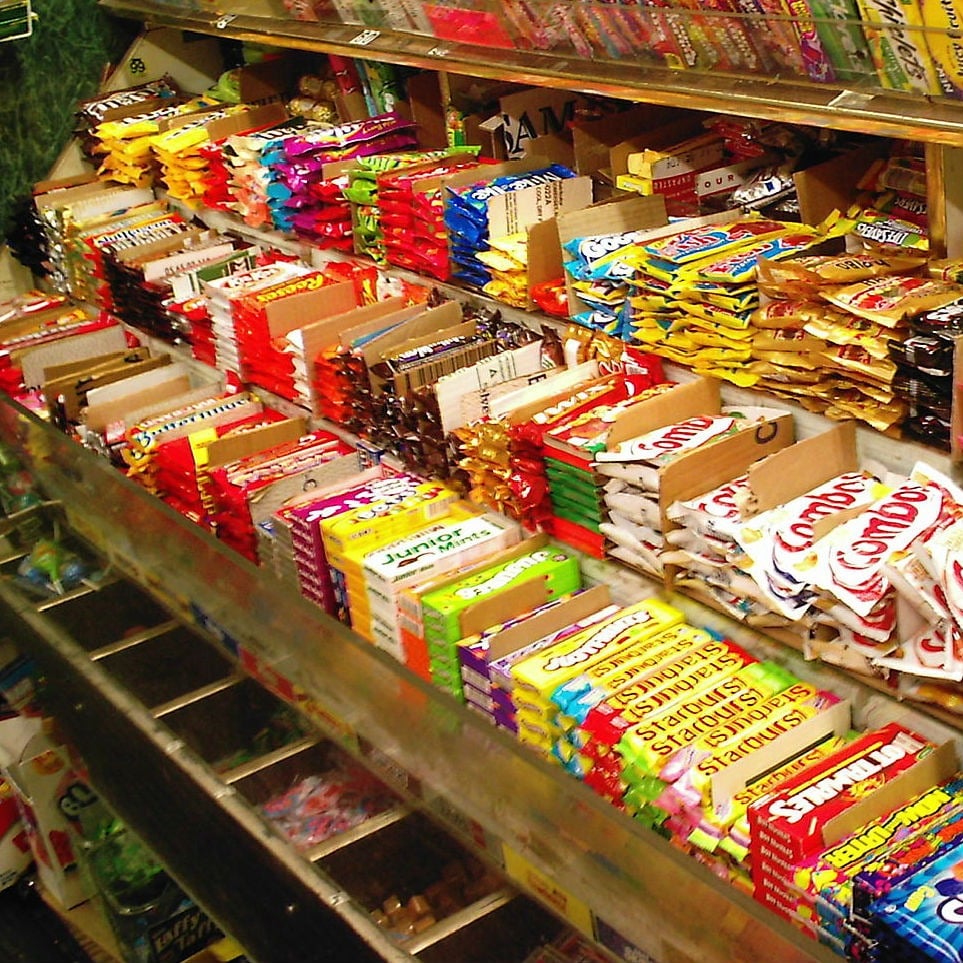Published:
Snacks have always played an important role in people's lives. It satisfies cravings and provides energy between meals. In 2018, revenue of snack sales exceeded $150 billion dollars worldwide. Despite its optimal revenue and growth, the industry has been going through some serious reconstruction recently. Consumers are demanding healthier options and craving less indulgence food.
Major food companies are facing pressure as consumers turn to healthier options. Traditional food makers that focus on packaged meats and canned goods are experiencing a decline in sales. Other sectors, like nuts and natural fruit snacks, are growing. These products tend to satisfy the needs of a wider range of consumers like vegans, paleos, and gluten-free. Advertisements are also focusing on no artificial sweeteners, artificial colorings, and preservatives.
People's eating habits are changing as well. Due to busy schedules and fast-paced lives, some are replacing meals with snacks. Companies are redesigning snacks in order to stay on top of the trend. Regular meal ingredients like cereals, grilled chicken, and pizza are being repackaged into smaller portions and marketed as snacks-on-the-go. Demand for these easily portable foods is high and continually rising.
Companies are trying to adapt to these changes. For example, Hershey's strategy is to acquire other companies and to diversify its offerings. Other companies are changing existing ingredients. As consumers are becoming more ingredient conscious, their preferred selections are destined to change. Who knows what people will be wanting twenty years down the road? But as consumers' taste evolve, companies should be flexible and adapt to the crowd.
File under






